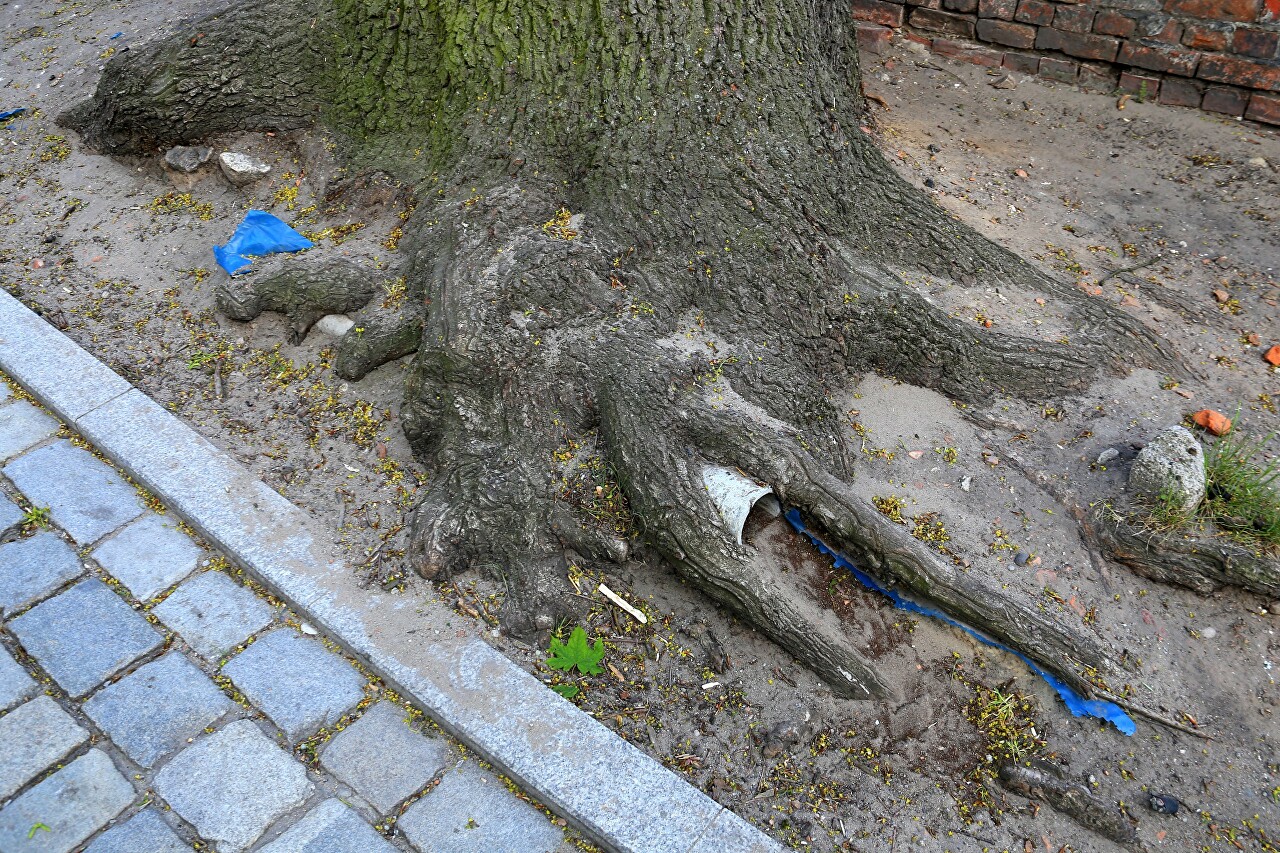Grudziądz Castle Ruins
At Rybny Rynek Square, Podgórna Street begins, which leads me to a red-brick staircase leading to the top of the Castle Hill (Góra Zamkowa). Here are the ruins of an ancient castle built by the knights of the Teutonic Order, which in Poland is often called the Crusaders (Krzyżacy). The history of this castle goes back to the Piast era, according to indirect data, it is assumed that in 1065 there was a border post on this site, destroyed during the invasion of the Prussians in 1222. A fortress called Grudzends is mentioned in a document from 1223. Around 1235, the knights of the Teutonic Order came to these lands, establishing a settlement on the banks of the Vistula, and to protect it, a wooden fortress was built on a steep hill about 60 meters high.
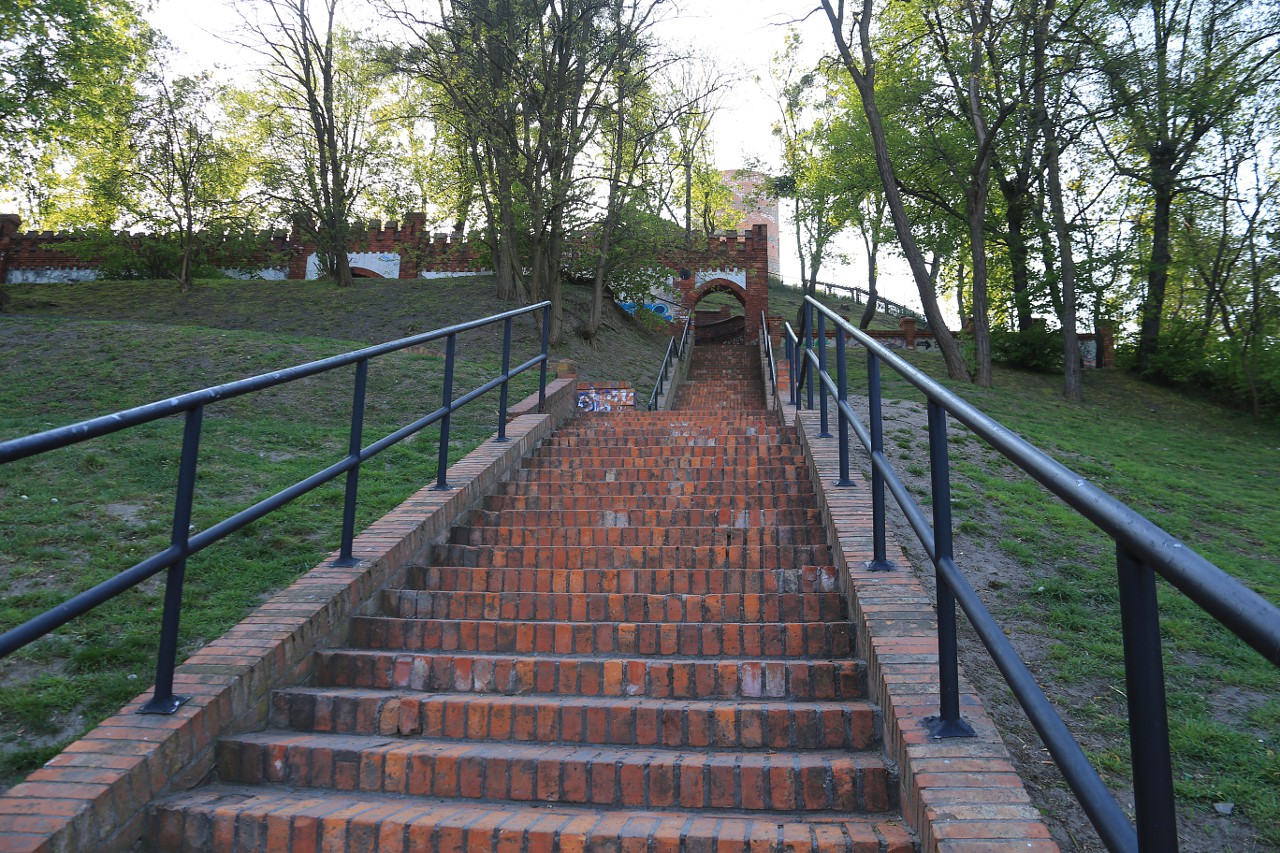
The staircase crosses the battlemented brick wall that surrounded the outer courtyard of the castle, where a gate with a Gothic arch is located.
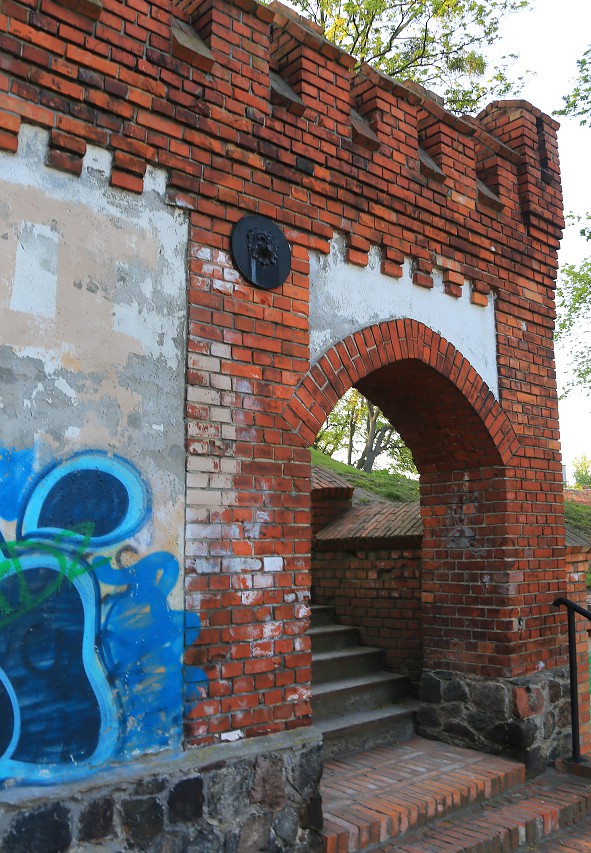
From the real walls and gates, only the foundations remain, what we see is a reconstruction built in 1902.
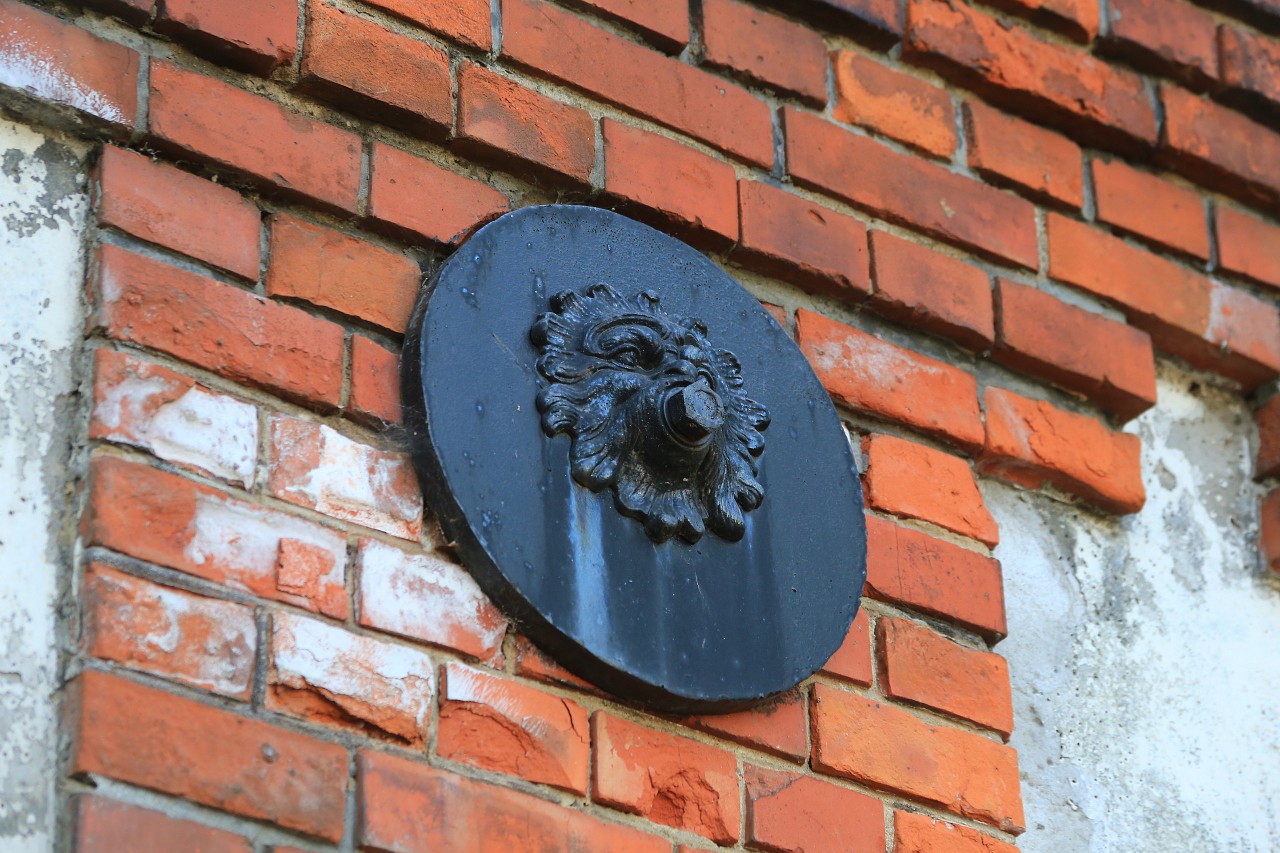
From the gate you can enjoy a view of the urban development of the late nineteenth century.
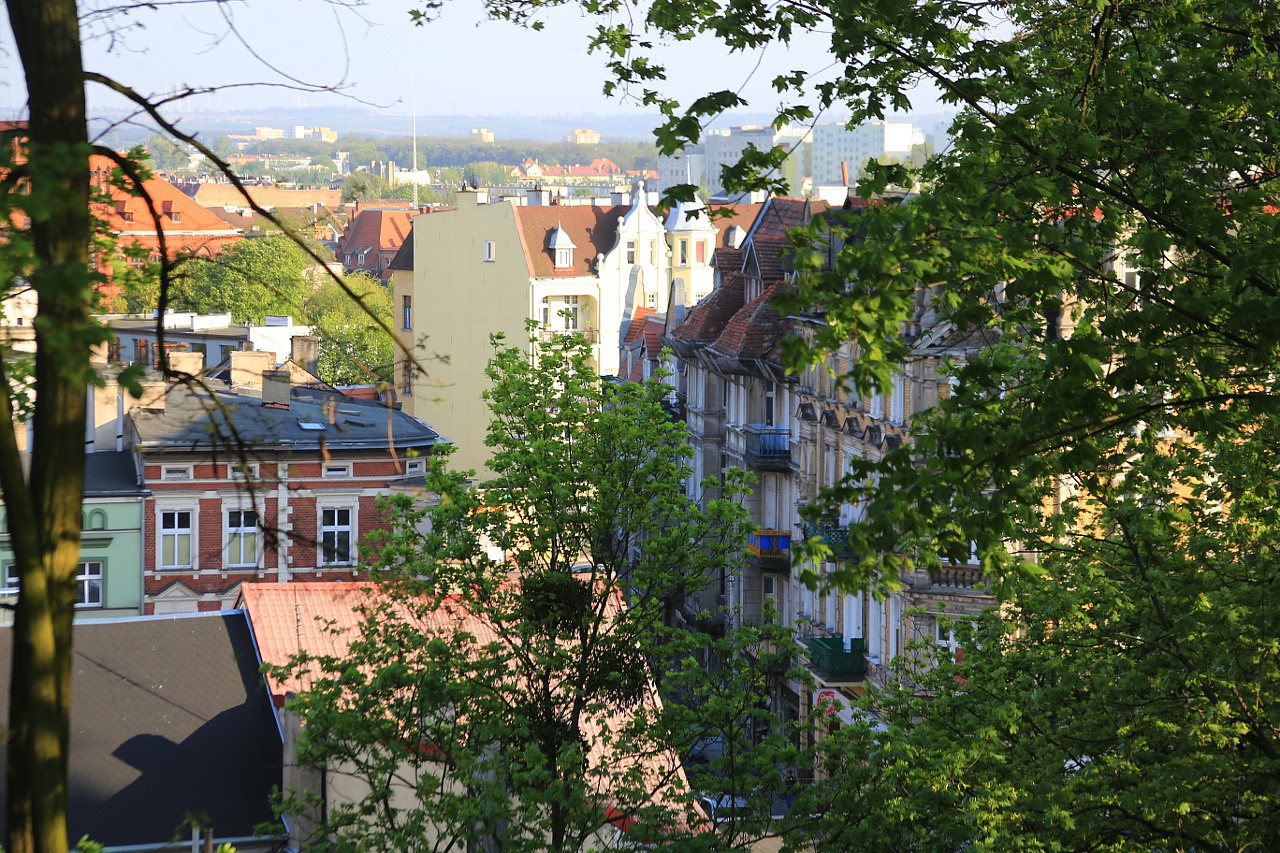
After passing through the gate, we will find ourselves on the territory of the castle, the construction of which began in the second half of the thirteenth century, and in the sixties a permanent garrison and commandant's office appeared in it. In 1299, the castle chapel was consecrated, a year later the tower was completed (I will tell you about it in the next article), then the west wing was erected.
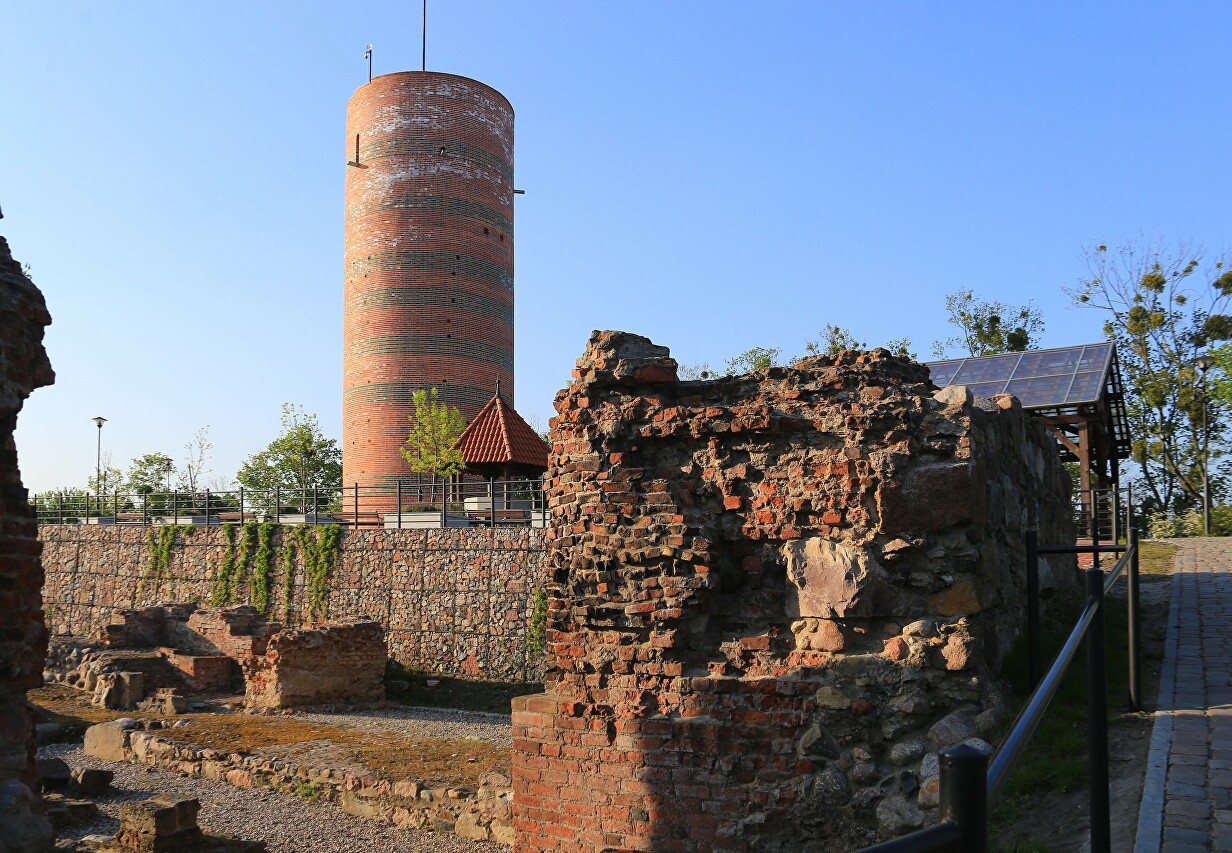
The castle was built in the Gothic style and had a trapezoidal layout. On the lower terrace of the mountain, on the city side, there was an outer courtyard surrounded by a wall, above which a massive building was built with an entrance gate leading to the inner courtyard. Its southern part was occupied by administrative offices as well as a chapel with the famous painted altar of the late 14th century.
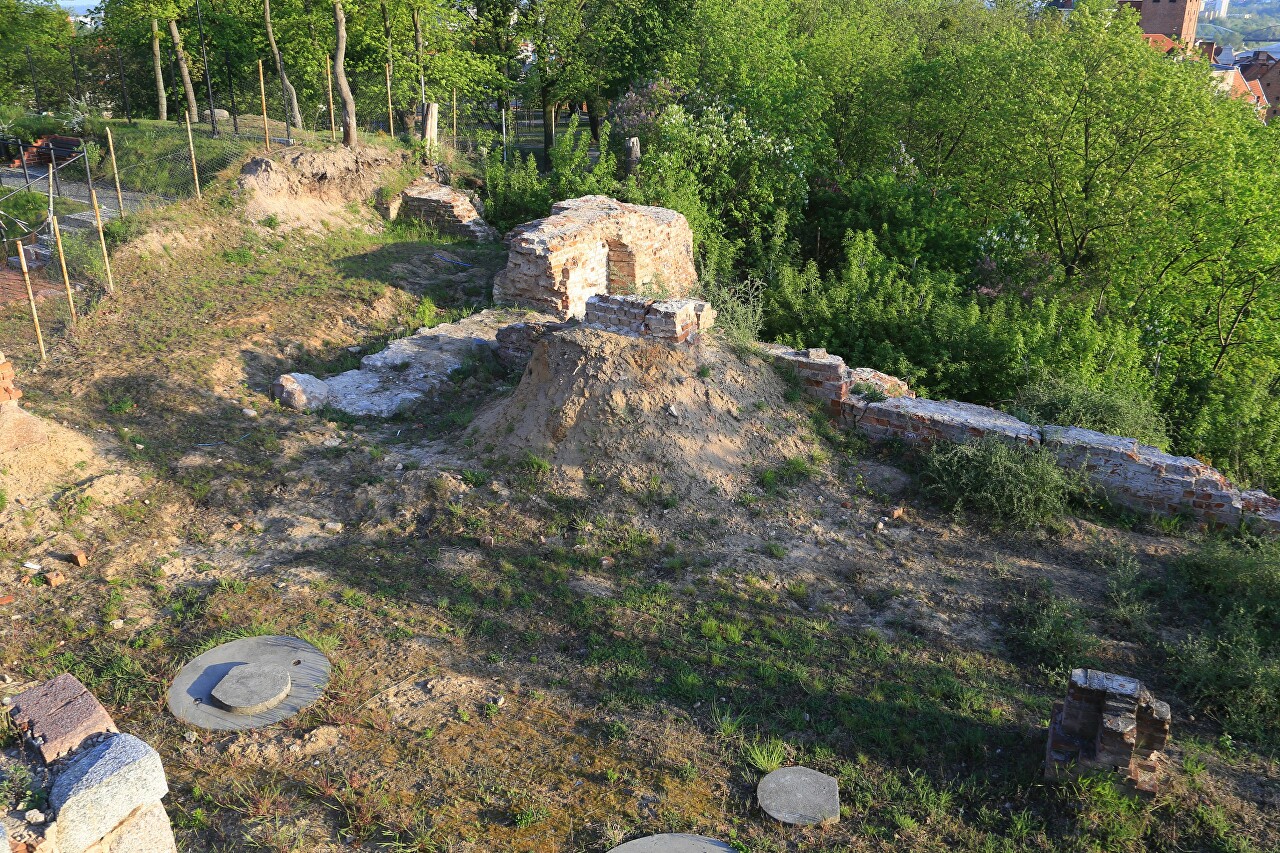
The western wing, which protected the fortress from the river, was occupied by living quarters, while the eastern wing was used for household needs. In the north-western corner there was a high cylindrical defense tower Klimek, which I will tell you about separately. In 1338, as a result of a landslide, the western part of the castle collapsed into the river.
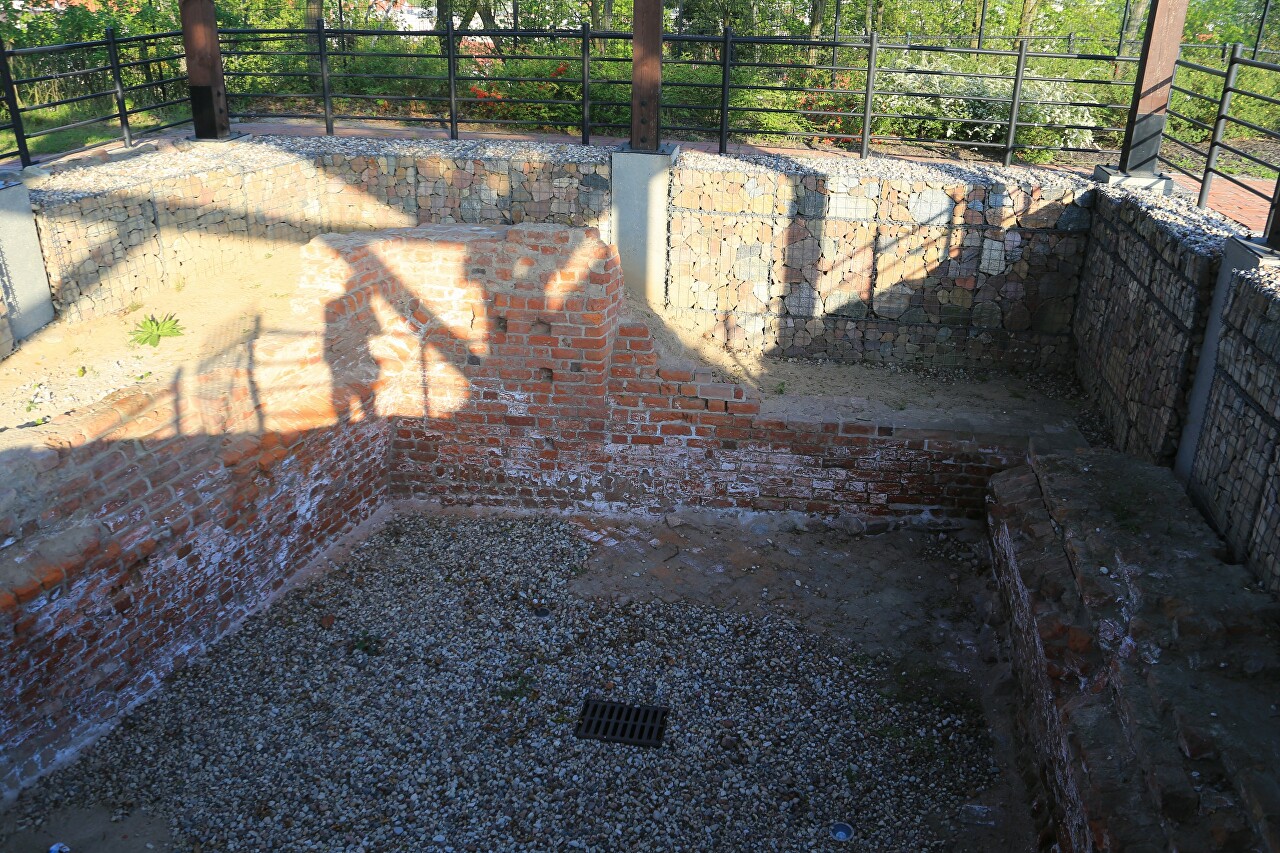
After the Battle of Grunwald, the Teutons were driven out and in 1410 the castle was occupied by Polish troops, but in 1454 it was captured by the troops of the Prussian Union. After the annexation of Prussia to Poland, the castle became the residence of the voivode Grudziądz. In 1659, during the war with Sweden (known in Poland as the Swedish Flood), the castle was besieged, captured and looted.
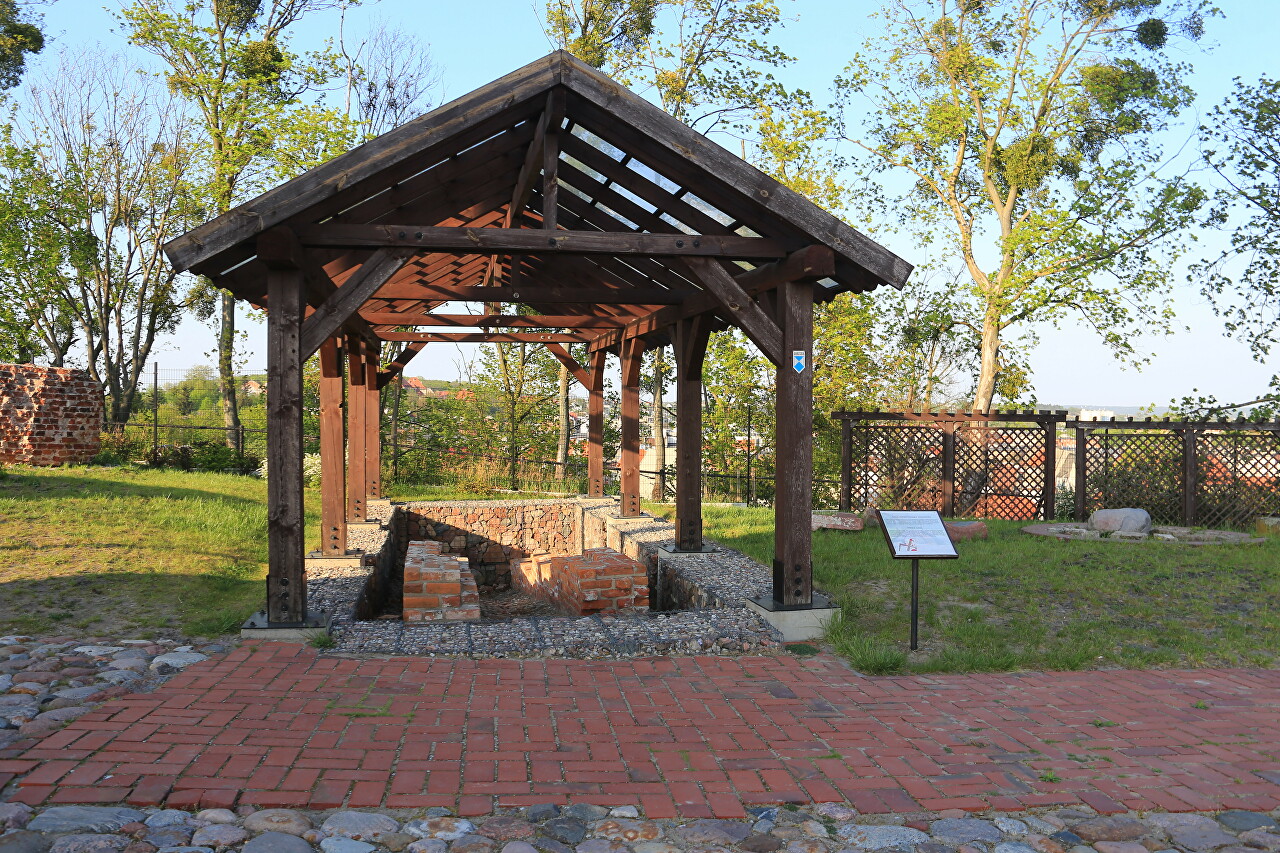
During this period, the castle was visited by Polish kings Kazimierz Jagiellonchik, Zygmunt August, Stefan Batory, Zygmunt III Vaza, Vladislav IV, Jan III Sobieski. Swedish King Carl X Gustav and Russian Tsar Peter the Great also stayed here.
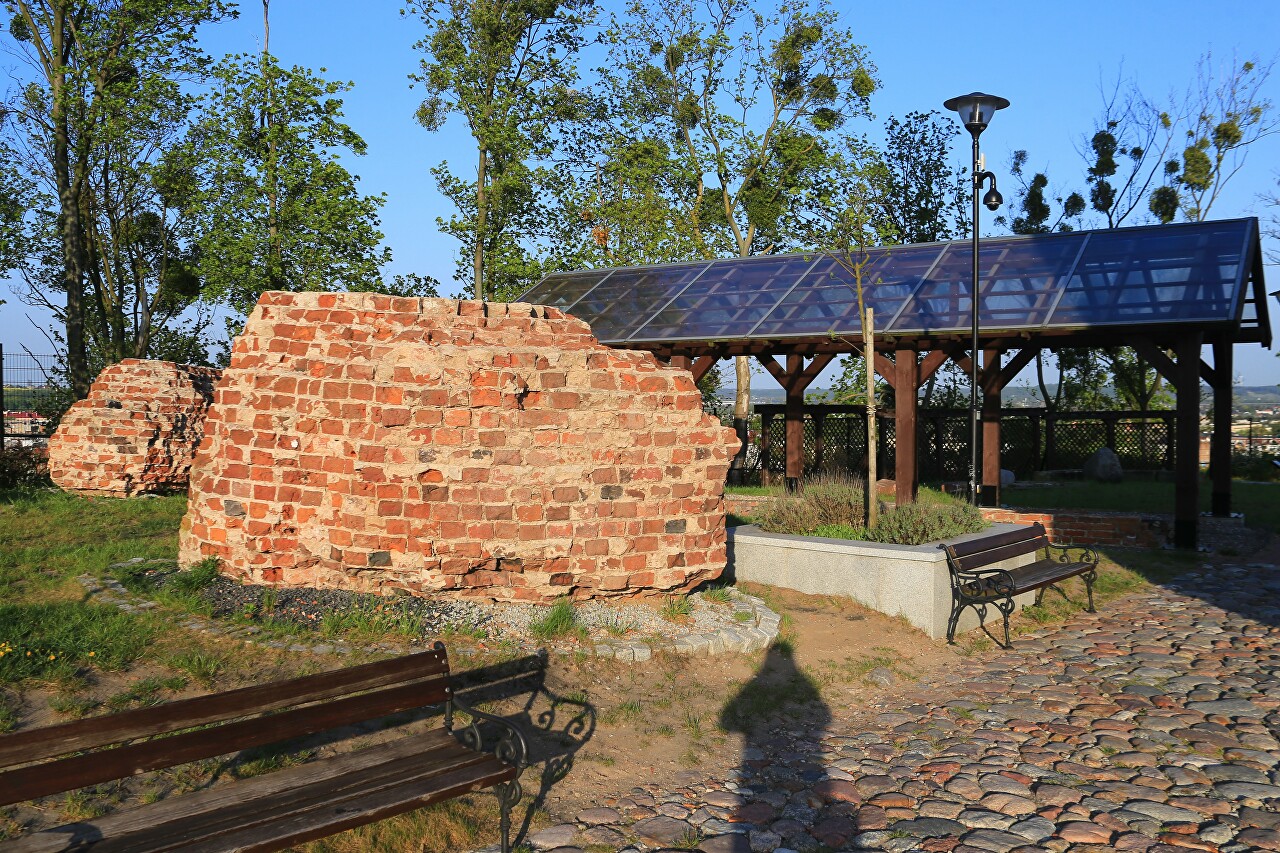
Considerable damage to the castle was caused by the wars of the 18th century, as a result of which the city was ceded to Prussia and received the German name Graudenz. In 1796-1804, by order of King Frederick William II, the castle was dismantled into bricks, which were used to build the citadel (Hornwerk) in the northern part of the city and the prison. Only the tower, which Queen Louise spoke out for preserving, survived. However, in 1807, the upper part of the tower was destroyed during the siege of the fortress by Napoleon's troops.
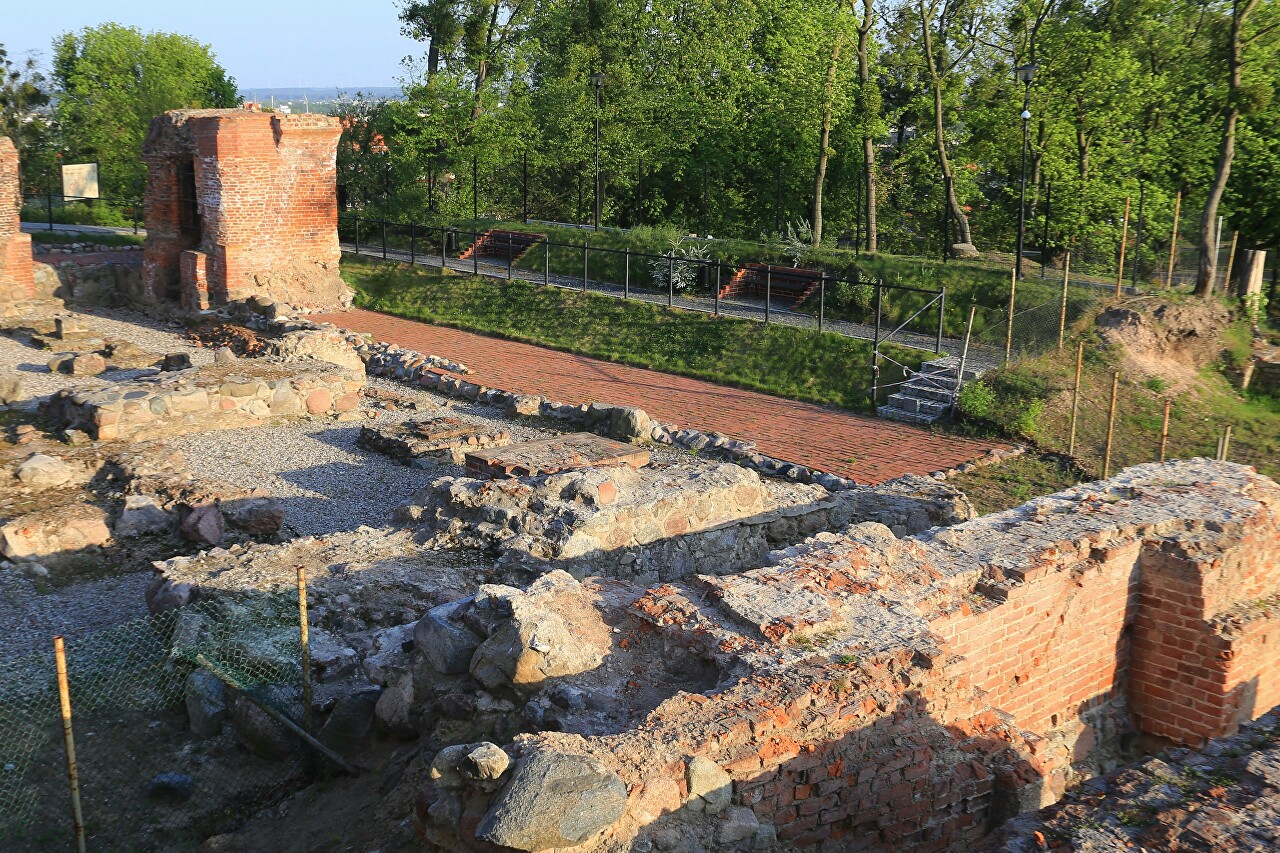
In 1839, the military authorities leased the Castle Hill (German: Schlossberg) to the city, the territory was put in order and a park was laid out, and the tower became an observation platform and a symbol of Graudenz. In 1862, the park was maintained by the City Improvement Society, and in 1872 the territory was purchased from the military by the magistrate. After that, some of the ruins were dismantled or filled in, and a restaurant was built on them.

In 1942, during the Nazi occupation, the city's construction adviser Hans Jacobi conducted archaeological research in the castle area. He found many artifacts, but did not accurately determine the location of the walls of the main buildings. On March 5, 1945, the tower was blown up by German troops.
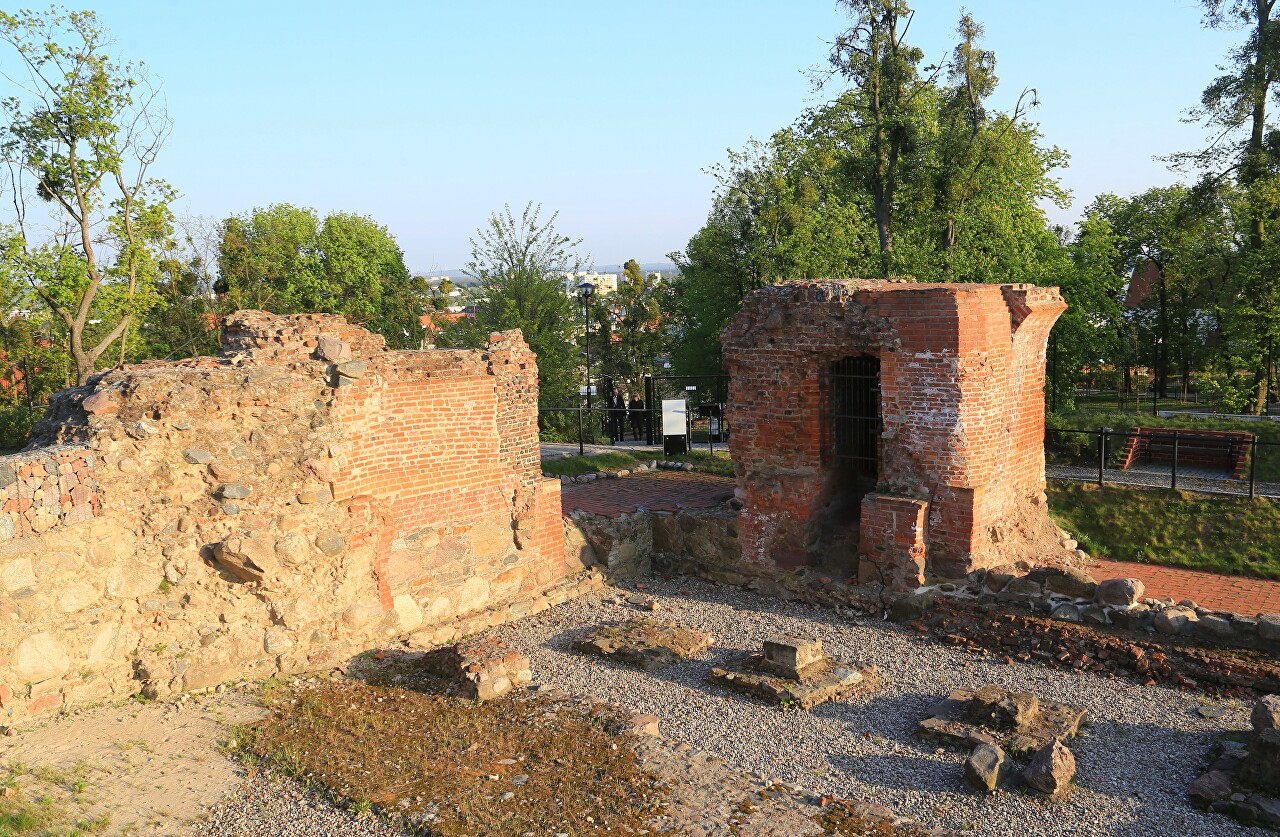
In 1956, the first works on the improvement of the Castle Hill began, and an observation deck was opened. In 2006-2007, at the initiative of the public committee, excavations began, the base of the tower and the foundations of other buildings of the castle were cleared, and the most significant objects were covered with awnings.
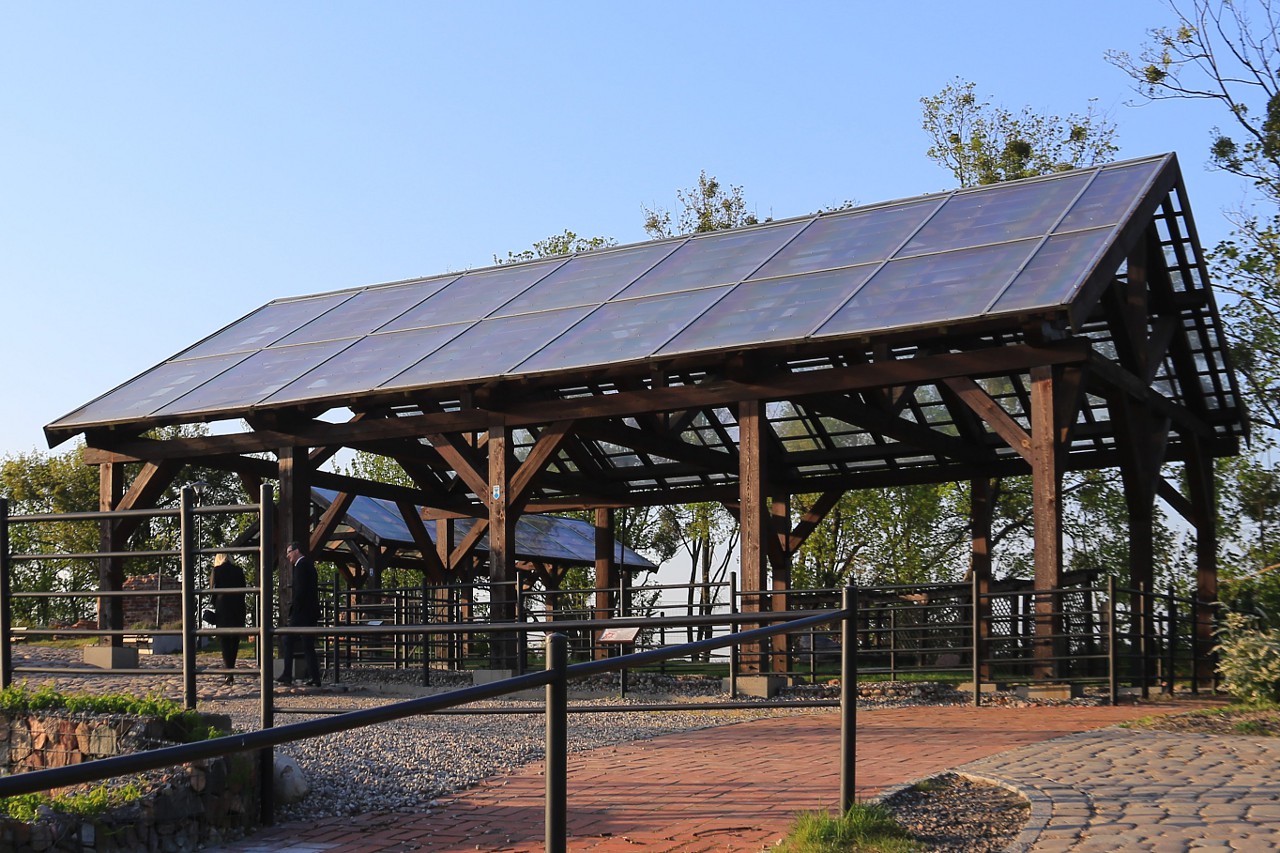
In 2014, the Klimek Tower was restored and the archaeological park was opened to the public. Now the territory of the ruins is a tourist attraction, and the surrounding park is a recreation area.
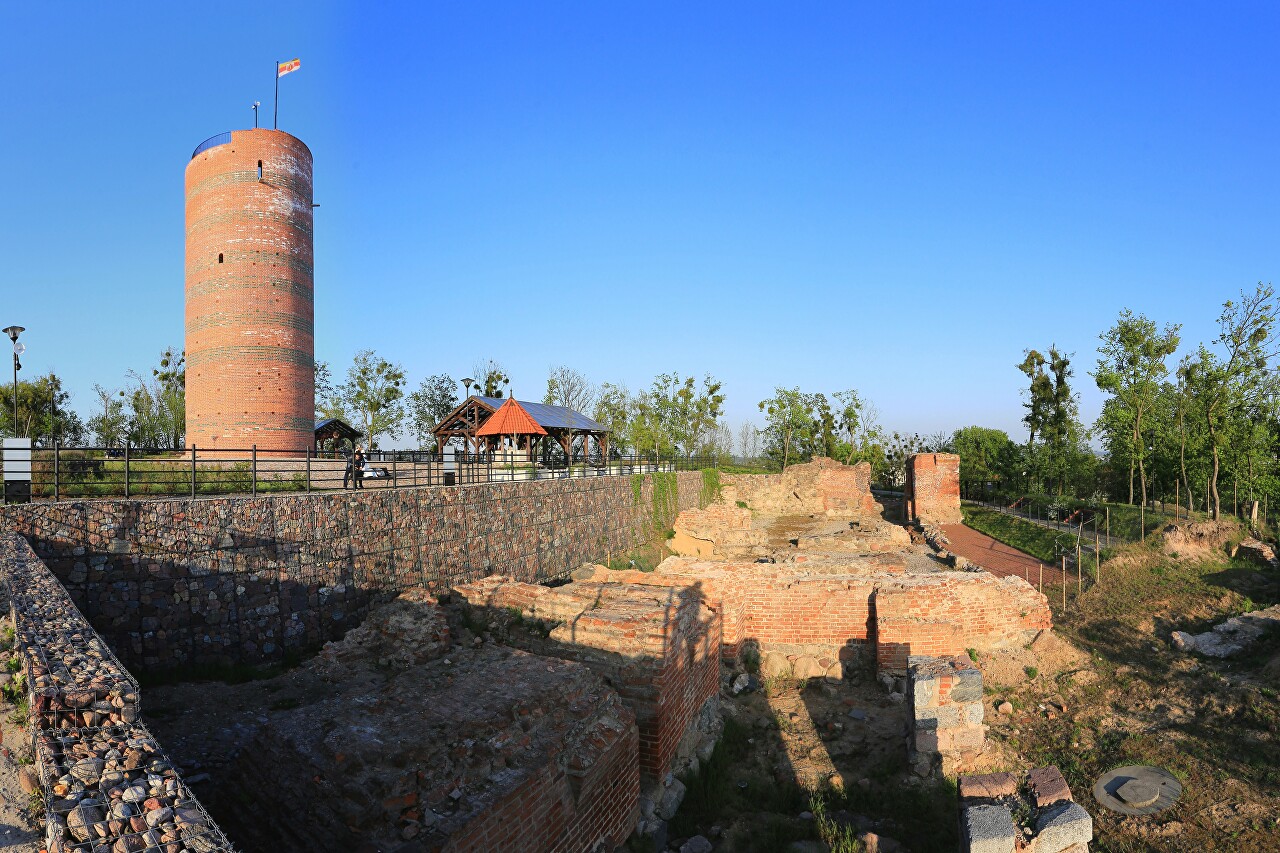
The castle's observation deck offers a wonderful view of the old town hall, St. Nicholas Church, granaries and the Vistula Valley.

If you look to the left, you can see the urban development of the era of the second German Reich and the second Polish Republic.
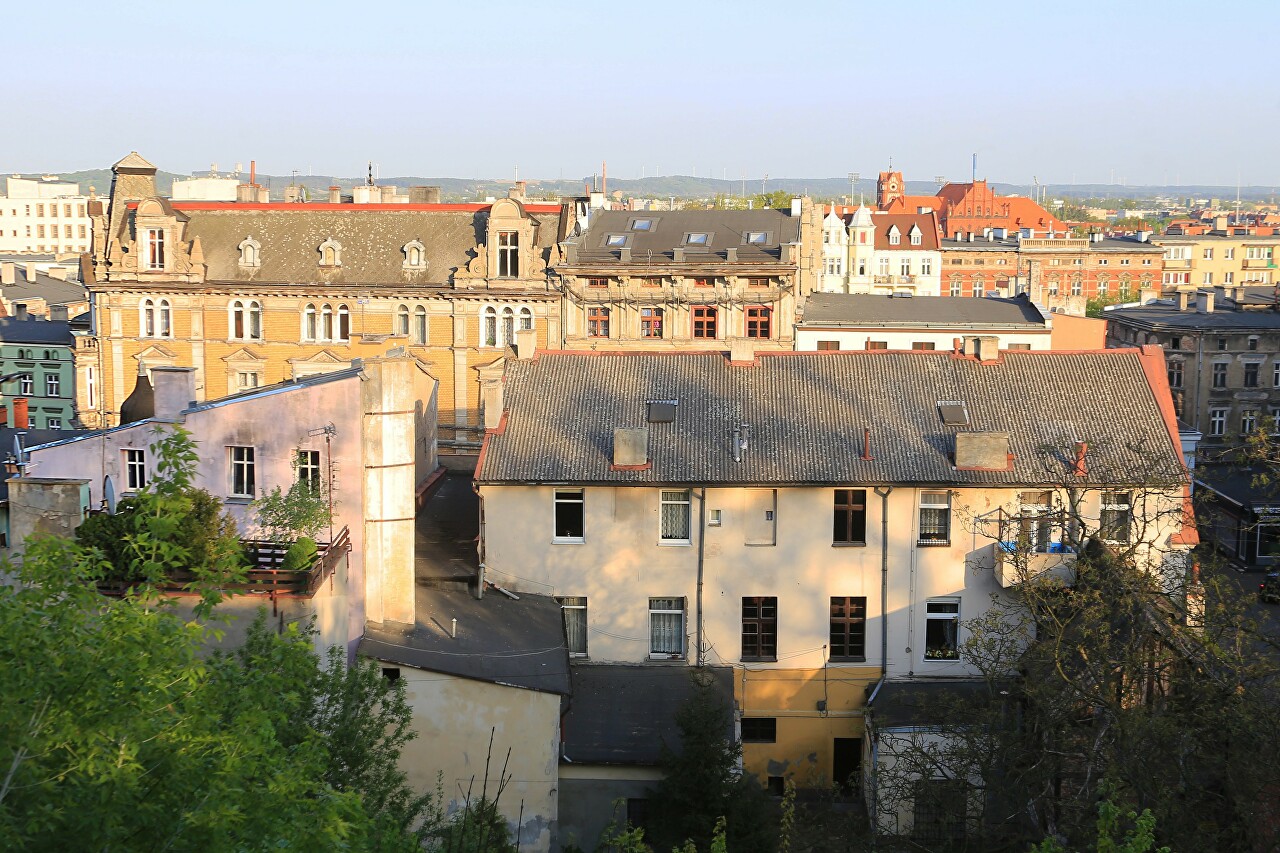
Castle Hill is interesting not only for its history and panoramic views, but also a large park with centuries-old trees.
